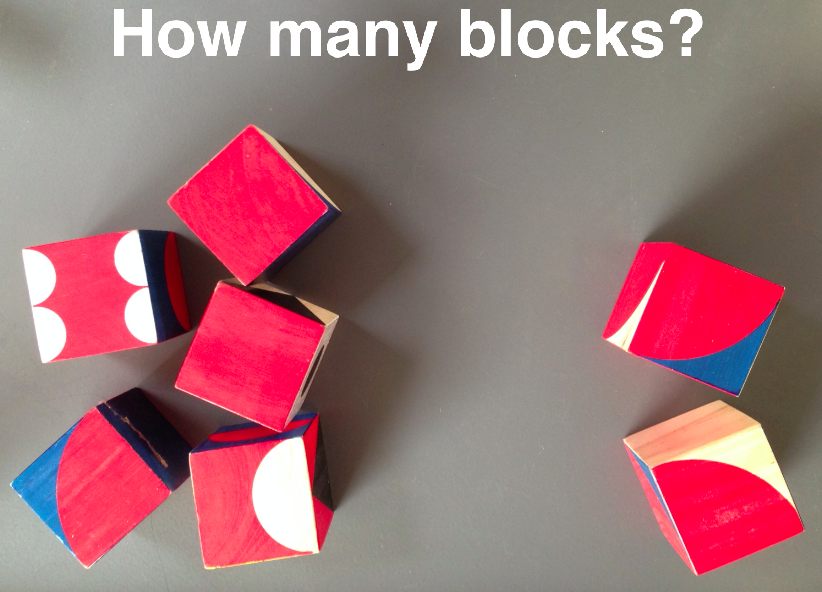
How to promote learning with students with dyscalculia
March 23, 2014

Previously we wrote abut how children with dyscalculia (mathematics disability) lack an intuitive grasp for number. They experience significant difficulties in understanding the size or quantity of a number and the relationship of numbers to one another.
Children with dyscalculia display significant mathematical delays when compared with peers or to benchmarks or standards. They generally have a dislike of, and anxiety about, maths and difficulties with the following:
- Learning to count
- Giving numbers meaning (size, quantity, magnitude, place value)
- Relationship of numbers to one another – such as ‘greater than’ or ‘less than’ or ‘the difference between’, as well as using number lines.
- Problems with estimation – size, number, distance and volume.
- Confusing maths signs +, –, x, ÷ and =.
- Understanding and remembering arithmetic facts, maths rules, concepts and formulae.
- Transferring knowledge from one maths area to another or using existing maths knowledge to solve a maths problem.
- Improving maths performance and attainment. They show little or no improvement following repeated instruction or one-to-one assistance.
How can teachers promote learning with these students? (part 2)
- Assign the child a peer or buddy, aide, or parent-helper during maths. The child will require significant one-to-one assistance using multi-sensory approaches to understand basic concepts, and each new concept as it is introduced.
- Focus on ‘personal best’. Charting individual progress, rather than the studentcompeting against the class or year-level norm, can help to promote learning.
- Modify the child’s maths curriculum. Plan different learning methods tailored specifically to meet the child’s needs. After assessing their specific maths skills and difficulties use these as prompts to help create a modified learning plan.
- What maths strategies does the child use? Are they immature and inefficient or efficient strategies that foster automatic recall? For example, can the child ‘make to ten’, count on (or back) from the largest number, skip count, and round numbers up or down?
- Does the child’s recall of equations and number facts improve through the use of flash cards and private time trials?
For more information and classroom strategies see ‘Working with children with dyscalculia (mathematics disability)’ . An excerpt is available to non-members.